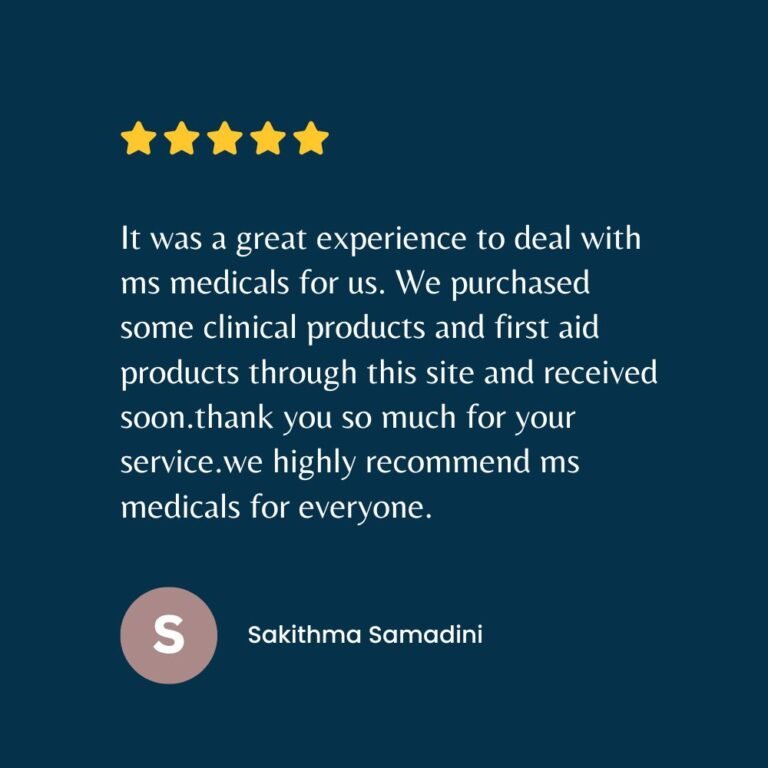No products in the cart.
Endoscope: Revolutionizing Minimally Invasive Diagnostics and Treatment
An Endoscope is a specialized medical device designed for minimally invasive procedures that allow doctors to see inside the body without making large incisions. With its high-resolution camera and light source, the endoscope is used in a variety of diagnostic and therapeutic procedures across different medical fields, including gastroenterology, otolaryngology (ENT), urology, and general surgery. The ability to capture real-time images and video of internal structures helps doctors diagnose conditions more accurately and perform precise treatments with minimal recovery time.
Enhanced Visualization for Accurate Diagnostics
The Endoscope provides a clear, magnified view of internal organs, making it a critical tool for accurate diagnostics. Its built-in camera delivers high-definition images, allowing healthcare providers to detect abnormalities such as ulcers, tumors, polyps, or inflammation. In procedures like colonoscopies, bronchoscopy, and laparoscopies, the endoscope offers detailed insights that improve the accuracy of diagnoses, enabling early intervention and better treatment planning. This non-invasive approach allows patients to avoid the risks and discomfort associated with open surgeries.
Versatility Across Multiple Medical Fields
The Endoscope is used in a wide range of medical specialties, from ENT and gastroenterology to gynecology and orthopedics. In each application, it allows for precise visualization of hard-to-reach areas within the body. ENT doctors use it to examine the nasal passages, sinuses, and larynx, while gastroenterologists rely on it for colonoscopies and endoscopies to explore the digestive tract. The endoscope’s versatility also extends to therapeutic procedures, where it can be used to perform biopsies, remove foreign objects, or treat internal bleeding—all with minimal disruption to surrounding tissues.
Minimally Invasive for Faster Recovery
One of the greatest benefits of the Endoscope is its role in minimally invasive surgery (MIS). Unlike traditional open surgeries, which require large incisions, endoscopic procedures involve tiny incisions or no incisions at all, resulting in less pain, reduced scarring, and quicker recovery times. Patients who undergo endoscopic procedures often experience shorter hospital stays and faster returns to normal activities. This approach significantly reduces surgical risks, such as infection and bleeding, making it an increasingly popular option in modern medicine.


